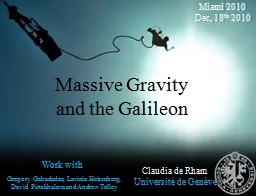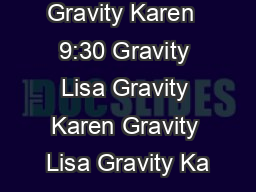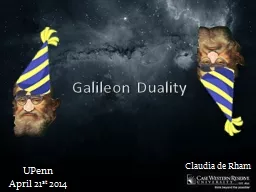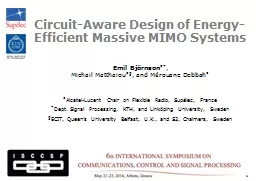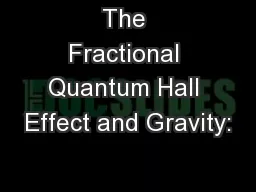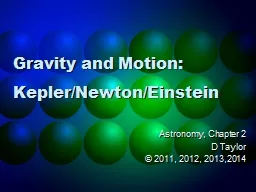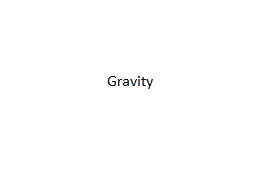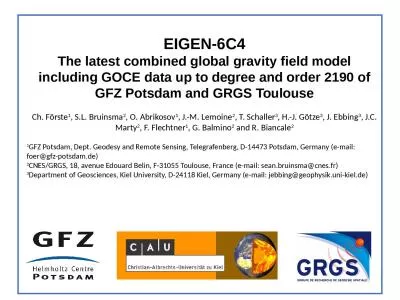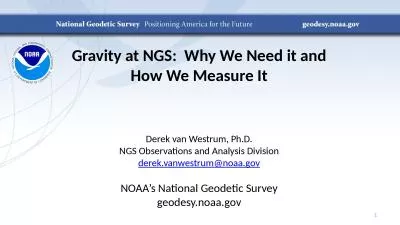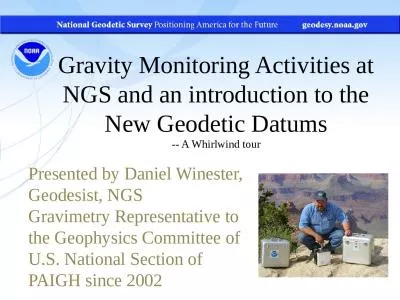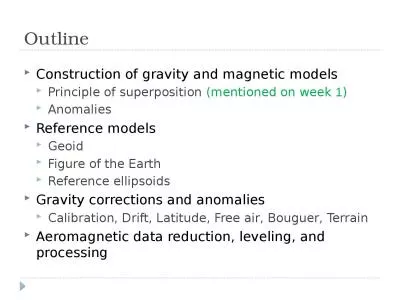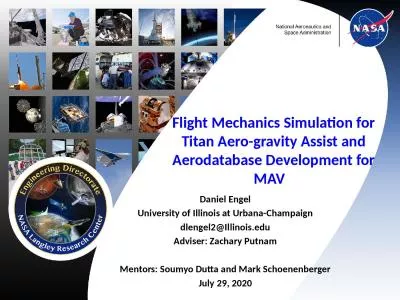PPT-Massive Gravity and the
Author : olivia-moreira | Published Date : 2018-11-02
Galileon Claudia de Rham Universit é de Genève Miami 2010 Dec 18 th 2010 Work with Gregory Gabadadze Lavinia Heisenberg David Pirtskhalava and Andrew
Presentation Embed Code
Download Presentation
Download Presentation The PPT/PDF document "Massive Gravity and the" is the property of its rightful owner. Permission is granted to download and print the materials on this website for personal, non-commercial use only, and to display it on your personal computer provided you do not modify the materials and that you retain all copyright notices contained in the materials. By downloading content from our website, you accept the terms of this agreement.
Massive Gravity and the: Transcript
Download Rules Of Document
"Massive Gravity and the"The content belongs to its owner. You may download and print it for personal use, without modification, and keep all copyright notices. By downloading, you agree to these terms.
Related Documents

